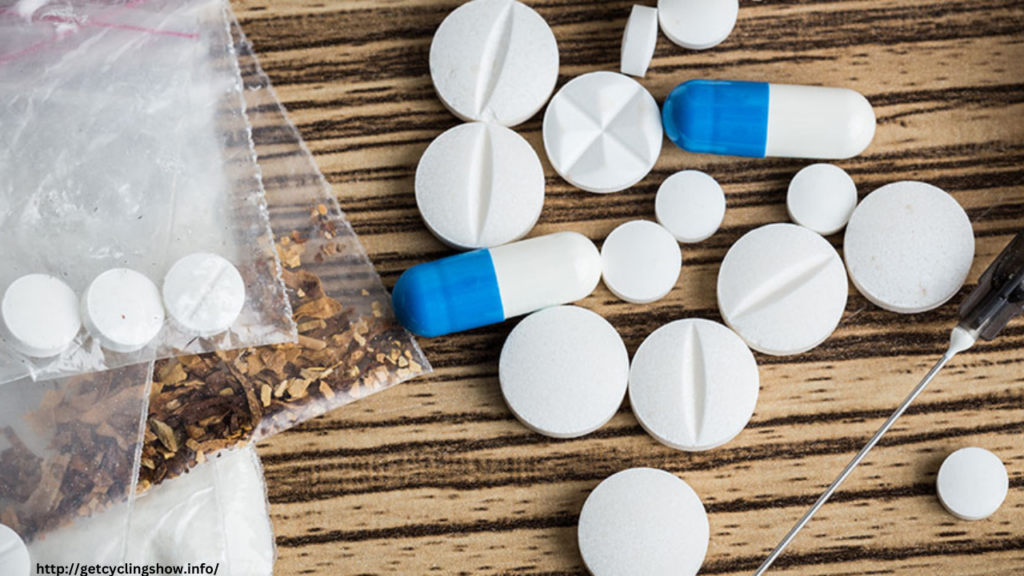
Substance abuse is a major public health concern, affecting individuals and communities worldwide. Many substances, both legal and illegal, can lead to dependency, health complications, and social consequences. Understanding the signs, symptoms, and risks associated with commonly abused substances can help in early intervention and treatment.
Commonly Abused Substances and Their Effects
- Alcohol
- Signs & Symptoms: Slurred speech, impaired coordination, mood swings, blackouts, and risky behavior.
- Risks: Long-term alcohol abuse can lead to liver disease, high blood pressure, cognitive impairment, and addiction (alcoholism). Excessive alcohol consumption can also increase the risk of accidents, violence, and legal issues.
- Opioids (Prescription Painkillers, Heroin, Fentanyl)
- Signs & Symptoms: Drowsiness, confusion, slowed breathing, nausea, and pinpoint pupils.
- Risks: Opioid abuse can cause respiratory depression, overdose, and death. Chronic use leads to dependence and withdrawal symptoms, making it difficult to quit without medical help.
- Cocaine
- Signs & Symptoms: Increased energy, euphoria, dilated pupils, rapid heartbeat, and aggressive behavior.
- Risks: Cocaine use can lead to heart attacks, stroke, severe anxiety, paranoia, and addiction. Chronic use may result in nasal damage and cognitive decline.
- Methamphetamine (Meth)
- Signs & Symptoms: Hyperactivity, decreased appetite, extreme weight loss, dental issues (“meth mouth”), and violent behavior.
- Risks: Meth abuse can cause severe neurological and psychological damage, including psychosis, memory loss, and an increased risk of stroke and heart problems.
- Marijuana (Cannabis)
- Signs & Symptoms: Altered perception, impaired memory, red eyes, increased appetite, and relaxation or anxiety.
- Risks: While marijuana is perceived as less harmful, excessive use can lead to cognitive impairment, dependency, mental health issues, and reduced motivation.
- Benzodiazepines (Xanax, Valium, Ativan)
- Signs & Symptoms: Drowsiness, dizziness, confusion, and slurred speech.
- Risks: Long-term use can lead to dependence, memory problems, and withdrawal symptoms, including seizures. Overdoses, especially when combined with alcohol, can be fatal.
- Hallucinogens (LSD, PCP, Psilocybin Mushrooms)
- Signs & Symptoms: Visual and auditory hallucinations, altered sense of time, paranoia, and detachment from reality.
- Risks: Hallucinogen use can cause psychosis, panic attacks, and unpredictable behavior, sometimes leading to accidents and self-harm.
Prevention and Treatment
Preventing substance abuse involves education, strong social support systems, and mental health care access. If addiction develops, seeking professional help through therapy, rehabilitation, and support groups can improve the chances of recovery. Early intervention is key to minimizing the harmful effects of substance abuse.
Conclusion
Recognizing the signs and risks of commonly abused substances can help individuals, families, and communities take proactive steps to prevent addiction. With proper awareness, support, and treatment, recovery is possible, leading to healthier lives and safer communities.